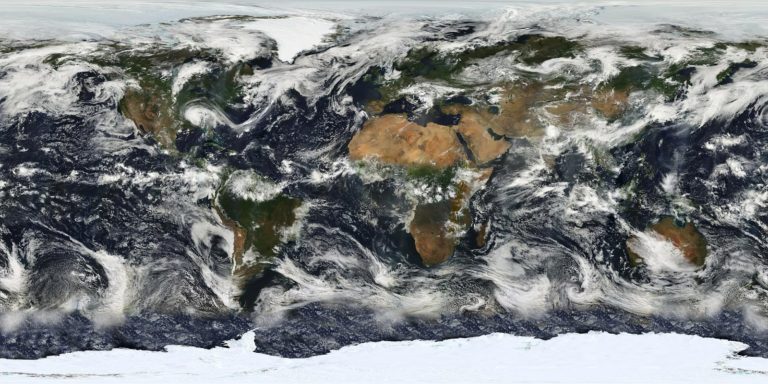Mesothelioma’s effects on the human body and mind can drastically affect a person’s ability to live a meaningful. Not to mention, it can also cause immense pain to the affected individual. What’s more, mesothelioma is also tricky to diagnose, as it shares a few common symptoms associated with other diseases as well. In fact, patients don’t get diagnosed with this disease until it’s too late, and management becomes challenging at that point. After receiving a mesothelioma diagnosis, an affected individual must understand that they need to learn more about this asbestos-related disease and search for ways to counter its effects.
Generally, a mesothelioma diagnosis is followed by severe coughing, nerve pain, chest pain, fatigue, nausea, fluid buildup in the lung and chest cavity, and much more. Whatever the stage of your mesothelioma, treatment options will typically be similar for all stages. So, when you’re diagnosed, the best thing to do is consult with an oncologist and begin treatment ASAP. Listed below are a few ways to reduce the harmful effects of mesothelioma and improve your quality of life.
1. Learn As Much As You Can About Your Condition
You must understand that learning more about your diagnosis and mesothelioma as a whole will help you tackle its harmful effects more efficiently. Improving your literacy about your disease and its impact on your health will help you make well-informed lifestyle decisions. What’s more, individuals who have a better understanding of their disease and the treatments it requires have better control over their health and well-being.
So, consider taking some time and researching how the healthcare experts are working towards discovering various treatment options for mesothelioma. Consider visiting websites such as mesotheliomahope.com to learn more about your treatment options, legal options, etc. In the end, clinical researchers globally are working towards finding a cure through early detection techniques and clinical trials.
2. Search For A Support System
After receiving a mesothelioma diagnosis, you will appreciate the opportunity to connect with and share your concerns with other patients facing the same issue as yours. That said, your family and friends won’t necessarily understand the seriousness of your situation and the challenges involved in the fight against cancer. However, patients going through a similar situation will be able to relate to you a lot better. So, consider searching for support in your local community by visiting your local cancer support center or the VA (veterans association, if you were exposed to asbestos while on military duty. Doing so will allow you to leverage VA benefits and accesses compensation to fund your treatment. Furthermore, you can also find various online cancer forums and groups that offer support and help to mesothelioma patients.
3. Learn To Manage Your Pain
No one deserves to be in pain, let alone cancer and mesothelioma patients. However, according to various studies, around half of all cancer patients live in pain. That said, individuals affected by mesothelioma don’t know that they can rid themselves of the pain caused by their disease through the help of various pain-management tips. Generally, these tips will enable you to limit the discomfort caused by your side effects of mesothelioma and invasive treatment methods like chemotherapy or radiation therapy. These tips include; mindful meditation, stress reduction through yoga, exercise, acupuncture, etc.
4. Undergo Chemotherapy To Kill The Tumor
Chemotherapy is an invasive treatment option for mesothelioma treatment that involves medication and drugs to kill cancer cells. When a patient undergoes chemotherapy by taking medication through injection or orally, drugs will enter your body and attack your tumor.
That said, the type of chemotherapy you go for depends on the type of mesothelioma you have. For instance, individuals suffering from peritoneal mesothelioma will have to undergo Hyperthermic intraperitoneal chemotherapy. After undergoing chemotherapy, your doctor will administer anticancer drugs into your stomach to kill the remnants of your tumor.
5. Undergo Surgery To Remove Cancer
Typically, mesothelioma patients can opt for four types of surgical procedures. These are; Pleurectomy, Wide local excision, pleurodesis, and extrapleural pneumonectomy. That said, the type of surgery that will be most effective for you will depend on your mesothelioma stage.
However, after the surgeon removes your tumor during surgery, you will have to take a few radiation therapies or chemotherapy sessions. It will kill any remaining cancer cells inside your body. In addition, you may have to undergo adjuvant treatment to stop your cancer from reoccurring.
Patients looking to reduce pain and manage their symptoms should consider seeking help from a doctor who knows everything about mesothelioma. After all, a reputable, skilled oncologist will consider every aspect of your disease before performing surgery or any other type of medical procedure. In the end, surgery should always be the last resort when trying to tackle your mesothelioma diagnosis. So, if you can control pain and symptoms with medical help and reduce the effect of mesothelioma through less-evasive techniques, consider opting for them!









